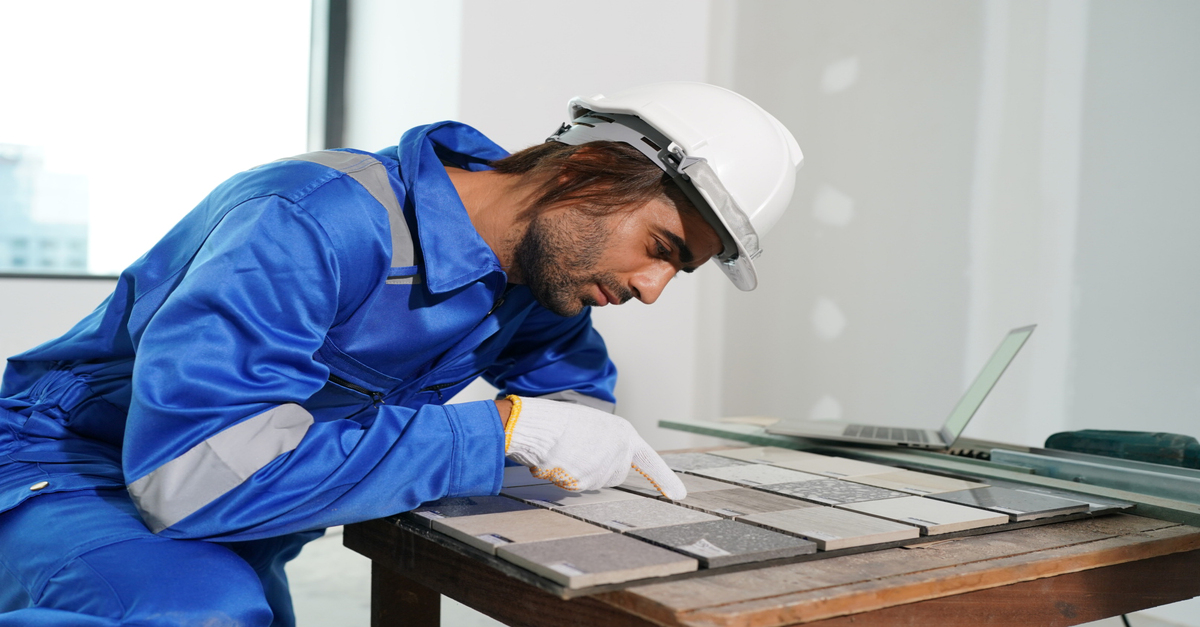
Table Of Contents
Cleaning Up After Tile Removal
Once the tile removal process is complete, it is crucial to thoroughly clean up the work area to ensure a smooth transition to the next steps of the project. Start by sweeping the floor to remove any loose debris and remaining grout from the tile removal process. A vacuum cleaner can be used to pick up smaller particles and dust that may have settled in corners and crevices during the Tile Removal.
Following the initial clean-up, use a damp cloth or mop to wipe down the entire surface. This will help remove any remaining dust or residue that could interfere with the adhesion of the new tiles. Pay close attention to the edges and corners where debris tends to accumulate, ensuring a clean and smooth surface for the subsequent stages of the project after Tile Removal.
Disposing of Debris Properly
After the completion of the Tile Removal process, it is crucial to dispose of debris properly to ensure a clean and safe work environment. Debris from tile removal can consist of broken tiles, grout, and dust, which should be carefully collected and placed in designated waste containers. Failure to dispose of debris correctly can not only create a messy workspace but also pose safety hazards to the workers involved in the project.
Professionals often follow local regulations and guidelines for disposing of debris generated from tile removal. This may involve separating recyclable materials from general waste and arranging for proper disposal methods, such as hiring a waste management service or taking debris to a designated landfill. By adhering to proper disposal procedures, professionals can efficiently manage waste and contribute to a more sustainable and environmentally friendly Tile Removal process.
Repairing Subfloor
When it comes to the process of Repairing Subfloor after Tile Removal, it is crucial to inspect the condition of the subfloor thoroughly. Any damage or uneven surfaces must be addressed before proceeding with laying new tiles. Subfloors that are structurally compromised should be fixed by replacing damaged sections or reinforcing weak areas to ensure a stable foundation for the new tiles.
Once the subfloor has been repaired and any necessary adjustments have been made, it is essential to thoroughly clean the surface before laying the new tiles. Removing any debris, dust, or remnants of the old adhesive is vital to ensure a smooth and secure bond between the subfloor and the new tiles. Properly preparing the subfloor sets the stage for a successful tile installation that will stand the test of time.
Filling Gaps and Holes
After the tile removal process, it is common to find gaps and holes in the subfloor. These imperfections need to be addressed before installing new tiles to ensure a smooth and level surface. Filling these gaps and holes is crucial in maintaining the integrity of the subfloor and preventing any potential damage that may arise from uneven surfaces. Professionals typically use a suitable filler material, such as a cementitious compound or epoxy, to fill in these spaces effectively.
The process of filling gaps and holes starts with thoroughly cleaning the area to remove any debris that could affect the adherence of the filler material. Once the area is clean and dry, the filler is applied generously to ensure that all gaps and holes are adequately filled. After the filler has dried and cured as per the manufacturer's instructions, a smooth and level surface is achieved, ready for the next steps in the tile installation process. This meticulous attention to detail in filling gaps and holes is a crucial aspect of ensuring the longevity and quality of the tiling project.
Finishing Touches
Finishing Touches involve the last steps in the process of Tile Removal. After the old tiles have been removed and the subfloor repaired, it's time to add the final touches to the project. This stage often includes smoothing out the surface, ensuring all gaps and holes are filled, and preparing the area for the installation of new tiles. Finishing Touches are crucial to achieving a clean and polished look once the new tiles are in place.
In this phase, professionals pay attention to detail to ensure a seamless transition from the old to the new. They use techniques to level the surface, make necessary repairs, and create a sturdy foundation for the new tiles. Finishing Touches not only enhance the aesthetic appeal of the space but also contribute to the longevity and durability of the new tile installation.
Preparing Surface for New Tiles
Preparing the surface for new tiles is a crucial step in ensuring a smooth and long-lasting tile installation. After the completion of the tile removal process, it is essential to thoroughly clean the area and remove any remaining debris to create a clean and flat surface for the new tiles. This helps in preventing any imperfections or bumps that may affect the tile installation.
Once the area is clean, the next step in preparing the surface for new tiles involves inspecting the subfloor for any damage or irregularities caused during the tile removal process. Repairing the subfloor by filling any gaps or holes is necessary to create a stable and even surface for the new tiles to be placed. This ensures that the tiles will adhere properly and that the finished result will be smooth and free of imperfections.
FAQS
What tools do professionals use to remove tiles?
Professionals typically use tools such as a hammer, chisel, and scraper to remove tiles efficiently.
How do professionals protect the surrounding area during tile removal?
Professionals will often use drop cloths or plastic sheeting to protect the surrounding area from dust and debris during tile removal.
Is it necessary to repair the subfloor after tile removal?
Yes, repairing the subfloor is crucial to ensure a smooth and even surface for the new tiles to be installed on.
How do professionals dispose of the debris generated from tile removal?
Professionals typically dispose of the debris responsibly by either recycling it or taking it to a designated waste disposal facility.
Can professionals help with filling gaps and holes left after tile removal?
Yes, professionals have the expertise to fill any gaps or holes left after tile removal to ensure a seamless surface for the new tiles to be installed on.


